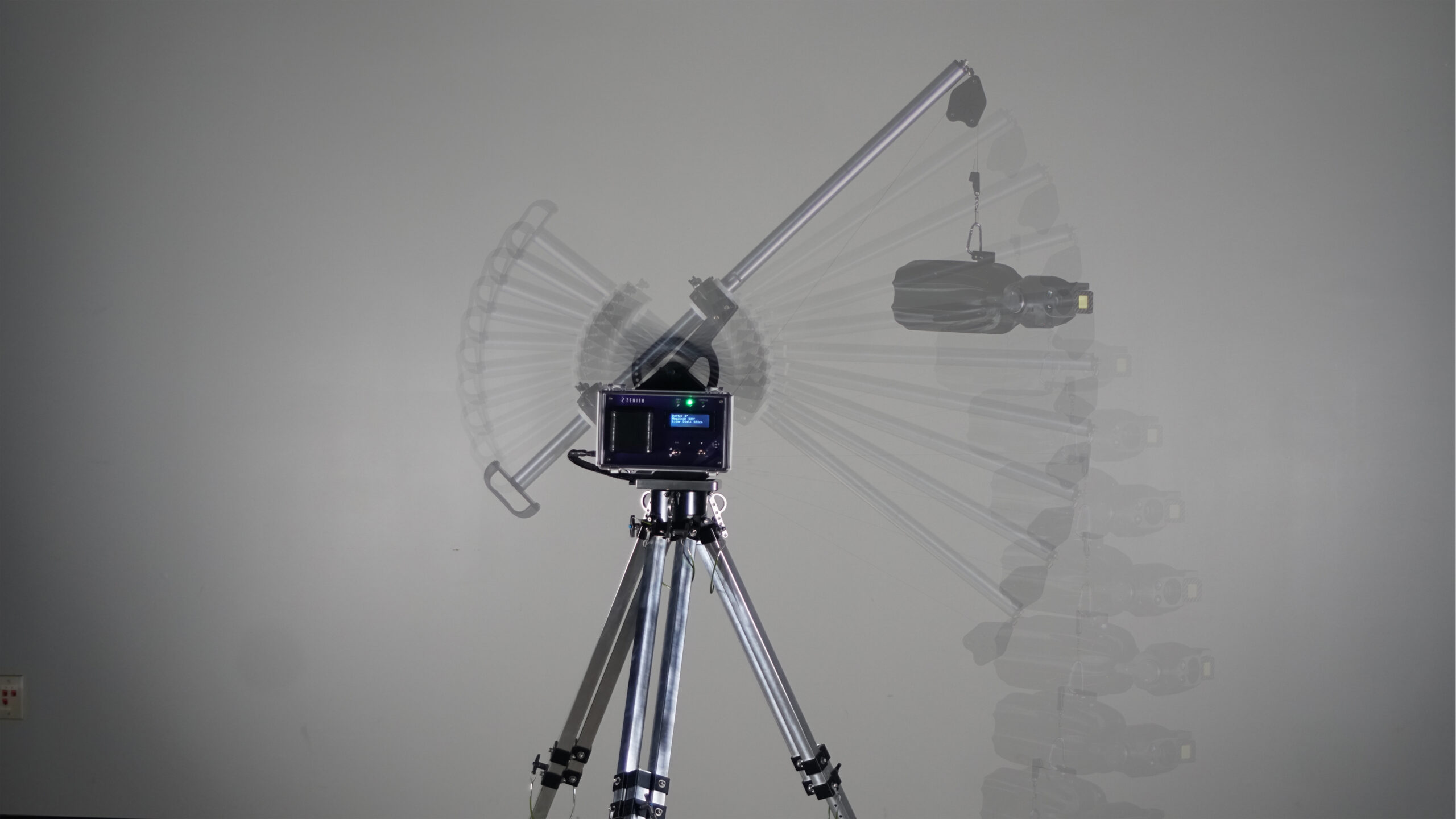Upping the Ante with LIDAR Payload Ability: Sink Hole Inspection with Zenith

Sink holes are an increasing problem around the world. They develop from underground water eroding the subterranean rock layer, creating a cavity. Without intervention, they can collapse – often without warning – and cause extensive damage.
Sinkholes can occur naturally. However, as we encroach further upon the upper landscapes with city developments, we increasingly compromise the structure of the Earth’s crust. Therefore, man-made sinkholes are becoming more commonplace across the globe.
The greatest issue with the phenomenon is the need for detailed inspection to determine the scale of underground damage. Only by accurate data gathering is it possible to accurately assess the work needed to rectify a sinkhole and put an effective maintenance plan in place.
The Asset
A production facility in North America suspected a sinkhole beneath one of their production lines. The traditional way to approach such a problem is to both explore and determine a structure fix at the same time.
However, rather than hire an engineering firm before the issue was fully understood, the company decided to take a more proactive approach. They contacted Interactive Arial to discuss whether there was a way to use technology to inspect the sinkhole without humans having to enter the space. Not only would this allow a robust maintenance plan to be put in place, but the company also wanted to reduce any risk to their employees and anyone or anything that might be affected by the sink hole.
The Challenges
The greatest challenge of sinkhole inspection is how to remove the risk to humans yet still gain the quality of inspection data necessary for true evaluation. This is typically achieved through survey-grade LIDAR. However, such equipment is usually hand-carried, rather than mounted on any robotic device, due to its high payload.
Whatever means was used to carry out the survey, it had to achieve the following:
- Understanding the exact state and geography of the cavity
- How far beneath the facility did it stretch?
- Taking measurable and detailed scans from which engineers could create a reparation plan
- Not require any human access to the confined and potentially highly dangerous sinkhole cavity
- Be safe and cost-efficient
The Solution
Interactive Arial’s facilities team was delighted to showcase how the Zenith unit was perfectly designed for such a task. As well as
out-classing pretty much any other automated inspection tool used for generating high-definition inspection data, it also boasts an impressive payload.
This meant that a survey-quality LIDAR unit could be fitted. For this inspection, the Emesent Hovermat was chosen, allowing for an advanced digital replica of the complete cavity to be captured.
Payloads, such as the LIDAR unit, are easily attached to Zenith via the pre-drilled mount pattern on the unit’s underside. Both the CoaxDrive system and the cable and winch are designed to carry excessive payload and stabilise Zenith during the inspection process.
In this inspection situation, dual datasets were achieved concurrently: one from the Hovermat LIDAR and the other from Zenith’s 4K video ability and 18MP image capture with 30x optical zoom. Adequate lighting was easily achieved thanks to Zenith’s integrated 10,000 lumen LED.
And the results?
- The inspection was carried out within a single day
- No humans were required to enter the area, either via rope access or other manual entry
- Both a digital replica and full image results were achieved
- Once the winch and Zenith – complete with the LIDAR unit – were in place, the inspection was carried out through a fully automated mode.
The customer was extremely happy with the results. They determined that Zenith and other robotic tools offer a highly viable alternative to traditional inspection methods. Not only do they capture more advanced data and save money, but they dramatically reduce the human risk of confined space inspections.
If you’d like to organise a demonstration and learn more about the Zenith click here now.
Contact us to find out more about our range of robots or any of our other inspection products, or request a quote online.
Carry on reading How Robots Are Shaking up NDT Inspections to find out more.
